Home>Guides>How-To Guides>What Is The Best Saw For Small Home Projects?
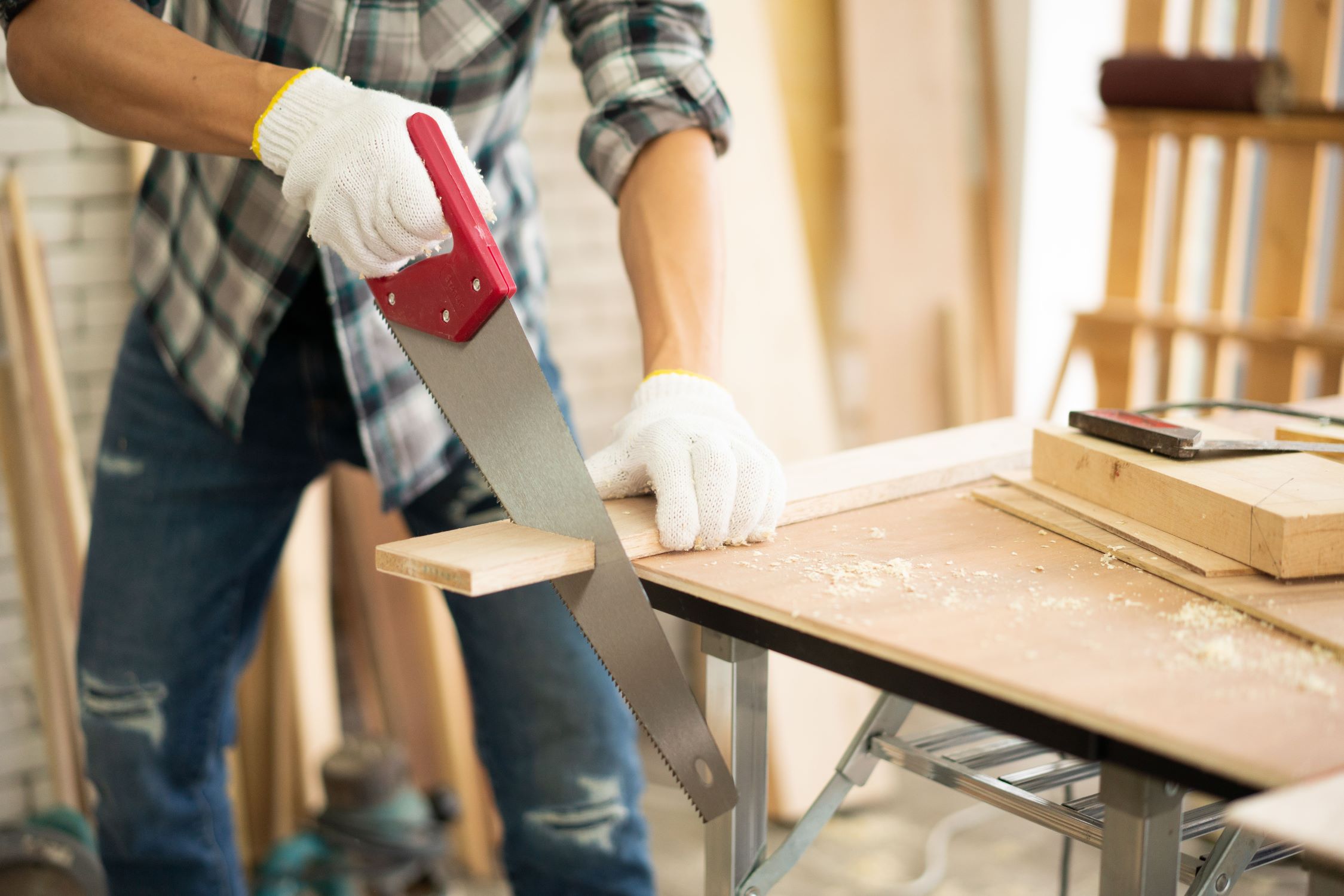

How-To Guides
What Is The Best Saw For Small Home Projects?
Published: December 21, 2023
Discover the best saw for small home projects with our how-to guides. Find the perfect tool for your DIY needs and get started on your next project today!
(Many of the links in this article redirect to a specific reviewed product. Your purchase of these products through affiliate links helps to generate commission for Storables.com, at no extra cost. Learn more)
Introduction
When it comes to tackling small home projects, having the right tools at your disposal can make all the difference. Among the essential tools for any DIY enthusiast or homeowner is a reliable saw. Whether you're working on woodworking projects, making repairs, or engaging in home improvement tasks, having the best saw for small home projects can significantly enhance your efficiency and the quality of your work.
Choosing the right saw can be a daunting task, especially with the wide array of options available in the market. Each type of saw is designed for specific purposes, and understanding the differences between them is crucial for making an informed decision. Factors such as the type of material you'll be cutting, the level of precision required, and your comfort and safety are all important considerations when selecting a saw for small home projects.
In this comprehensive guide, we'll explore the various types of saws commonly used for small home projects, delve into the key factors to consider when choosing a saw, and ultimately identify the best saw for small home projects. Whether you're a seasoned DIY enthusiast or just starting to build your tool collection, this guide will equip you with the knowledge needed to make an informed and confident decision. Let's dive into the world of saws and discover the perfect tool for your small home projects.
Key Takeaways:
- Choosing the right saw for small home projects is crucial. The versatile and portable circular saw stands out as the best option, offering precision, cost-effectiveness, and safety features for DIY enthusiasts and homeowners.
- Understanding the types of saws and key factors like material, precision, and budget is essential. The circular saw’s adaptability, convenience, and efficiency make it the top choice for a wide range of DIY tasks.
Read more: What Gauge Wire For Small DIY Projects
Types of Saws
Before selecting the best saw for your small home projects, it's essential to understand the different types of saws available and their specific applications. Each type of saw is designed to excel in particular tasks, and having a basic understanding of these variations will help you make an informed choice.
Circular Saw
The circular saw is a versatile and popular choice for a wide range of cutting tasks. It features a toothed blade that rotates at high speeds, making it ideal for cutting through wood, plastic, metal, and masonry. Circular saws are available in corded and cordless models, offering varying blade sizes to accommodate different cutting depths.
Hand Saw
A hand saw is a classic and indispensable tool for woodworking and general home repairs. Its manual operation allows for precise and controlled cuts, making it suitable for smaller projects that require attention to detail. Hand saws come in various designs, including crosscut saws, rip saws, and dovetail saws, each tailored to specific cutting needs.
Miter Saw
When it comes to making accurate angled cuts, a miter saw is the go-to tool. This saw is designed to swiftly and precisely cut wood, plastic, and aluminum at various angles, making it essential for tasks such as framing, molding, and trim work. The miter saw's ability to pivot and tilt the blade adds a level of versatility that is invaluable for small home projects.
Jigsaw
For intricate and curved cuts, a jigsaw is the perfect tool. Its narrow, reciprocating blade allows for detailed cuts in wood, metal, and plastic, making it ideal for tasks such as cutting shapes and patterns, creating custom furniture, and making precise interior cuts. The jigsaw's maneuverability and ability to make plunge cuts make it a versatile addition to any DIY enthusiast's toolkit.
Table Saw
When working on larger woodworking projects that require precision and power, a table saw is an indispensable tool. Its stationary blade and adjustable fence enable accurate and straight cuts in various materials, making it ideal for tasks like ripping large boards, making bevel cuts, and crafting intricate joinery. The table saw's robust design and cutting capabilities make it a valuable asset for serious DIY enthusiasts and woodworking hobbyists.
These are just a few examples of the diverse range of saws available for small home projects. Each type offers unique features and advantages, catering to different cutting requirements and skill levels. Understanding the capabilities of these saws will guide you in selecting the best option for your specific projects and preferences.
Factors to Consider
Choosing the best saw for small home projects involves careful consideration of several key factors. By evaluating these factors, you can ensure that the selected saw aligns with your specific needs, preferences, and the nature of the projects you intend to undertake.
Material and Project Requirements
Consider the type of material you will be cutting and the specific requirements of your projects. For instance, if you primarily work with wood, a saw optimized for woodworking tasks, such as a miter saw or table saw, would be ideal. Similarly, if your projects involve a variety of materials, such as wood, metal, and plastic, a versatile circular saw may be the best choice.
Read more: What Is The Best Table Saw For Woodworking
Precision and Accuracy
If your projects demand precise and accurate cuts, selecting a saw with features that facilitate such precision is crucial. Tools like miter saws and table saws are designed to deliver consistent and exact cuts, making them suitable for tasks that require meticulous attention to detail, such as crafting furniture or installing intricate trim work.
Portability and Maneuverability
For small home projects that may require mobility and flexibility, opting for a portable and maneuverable saw is advantageous. Handheld saws, such as circular saws and jigsaws, offer the freedom to move around and work in confined spaces, making them well-suited for tasks that involve on-site cutting and customization.
Safety Features
Ensuring a safe working environment is paramount when selecting a saw for small home projects. Look for saws equipped with safety features such as blade guards, riving knives, and blade brakes to minimize the risk of accidents and injuries. Additionally, ergonomic design elements and user-friendly controls contribute to a safer and more comfortable cutting experience.
Budget and Long-Term Investment
Consider your budget and the long-term value of the saw. While high-quality saws may come with a higher initial investment, they often offer superior durability, performance, and additional features that can enhance your overall productivity and project outcomes. Assessing the long-term benefits of a saw in relation to its upfront cost can help you make a financially sound decision.
By taking these factors into account, you can make a well-informed choice that aligns with your specific project requirements, working preferences, and safety considerations. The next step is to identify the best saw for small home projects that encompasses these essential factors and meets your individual needs.
The Best Saw for Small Home Projects
After considering the various types of saws and the key factors that influence the selection process, you may be wondering which saw stands out as the best choice for small home projects. While each type of saw offers unique advantages, the versatility, precision, and practicality of the circular saw make it an ideal option for a wide range of DIY tasks.
Versatility and Adaptability
The circular saw is renowned for its adaptability to diverse cutting applications. Whether you're working with wood, plastic, metal, or masonry, a quality circular saw equipped with the appropriate blade can effortlessly tackle various materials, making it a versatile companion for small home projects.
Portability and Convenience
One of the standout features of a circular saw is its portability. Its handheld design allows for easy maneuverability, making it well-suited for on-site cutting and tasks that require mobility. Additionally, cordless models provide the freedom to work in locations where power outlets may not be readily accessible, enhancing the saw's convenience and practicality.
Precision and Efficiency
Modern circular saws are engineered with advanced features that promote precision and efficiency. From adjustable cutting depths and bevel angles to laser guides and dust collection systems, these innovations contribute to accurate and streamlined cutting processes, enabling you to achieve professional-quality results in your small home projects.
Read more: What Home Projects To Do Before Selling?
Cost-Effectiveness
When considering the overall value and cost-effectiveness, the circular saw offers an attractive balance between performance and affordability. Its versatility and capability to handle a wide spectrum of cutting tasks make it a cost-effective investment, especially for DIY enthusiasts and homeowners seeking a reliable and multipurpose cutting tool.
Safety Considerations
Many modern circular saws are equipped with safety features designed to minimize the risk of accidents. Blade guards, electric brakes, and ergonomic handles are among the safety elements incorporated into circular saw designs, prioritizing user protection and promoting a secure cutting environment for small home projects.
Ultimately, the circular saw emerges as the best saw for small home projects due to its versatility, portability, precision, cost-effectiveness, and safety features. Whether you're embarking on woodworking endeavors, home repairs, or DIY construction projects, the circular saw is a reliable and indispensable tool that empowers you to bring your creative visions to life with confidence and efficiency.
Conclusion
Embarking on small home projects can be an immensely rewarding and fulfilling experience, and having the right tools at your disposal is essential for achieving successful outcomes. In the realm of saws, understanding the diverse options available, considering key factors, and identifying the best saw for small home projects are pivotal steps in equipping yourself for DIY endeavors and home improvements.
By exploring the various types of saws, from the versatile circular saw to the precision-oriented miter saw and the maneuverable jigsaw, you gain insight into the unique capabilities and applications of each tool. This knowledge empowers you to make informed decisions based on the specific requirements of your projects and the features that align with your working preferences.
Considering factors such as material and project requirements, precision, portability, safety features, and long-term value enables you to evaluate saws from a comprehensive perspective, ensuring that your chosen tool is well-suited to your individual needs and the nature of your small home projects.
Ultimately, in the quest for the best saw for small home projects, the circular saw emerges as the standout choice, offering unparalleled versatility, portability, precision, cost-effectiveness, and safety considerations. This reliable and adaptable tool serves as a valuable companion for woodworking tasks, home repairs, and DIY construction projects, empowering you to achieve professional-quality results with confidence and efficiency.
Armed with the knowledge gained from this guide, you are well-equipped to select the perfect saw for your small home projects, enhancing your capabilities as a DIY enthusiast and enabling you to bring your creative visions to fruition with precision and ease. Embrace the world of saws, embark on your small home projects with confidence, and unleash your creativity with the best saw by your side.
Frequently Asked Questions about What Is The Best Saw For Small Home Projects?
Was this page helpful?
At Storables.com, we guarantee accurate and reliable information. Our content, validated by Expert Board Contributors, is crafted following stringent Editorial Policies. We're committed to providing you with well-researched, expert-backed insights for all your informational needs.

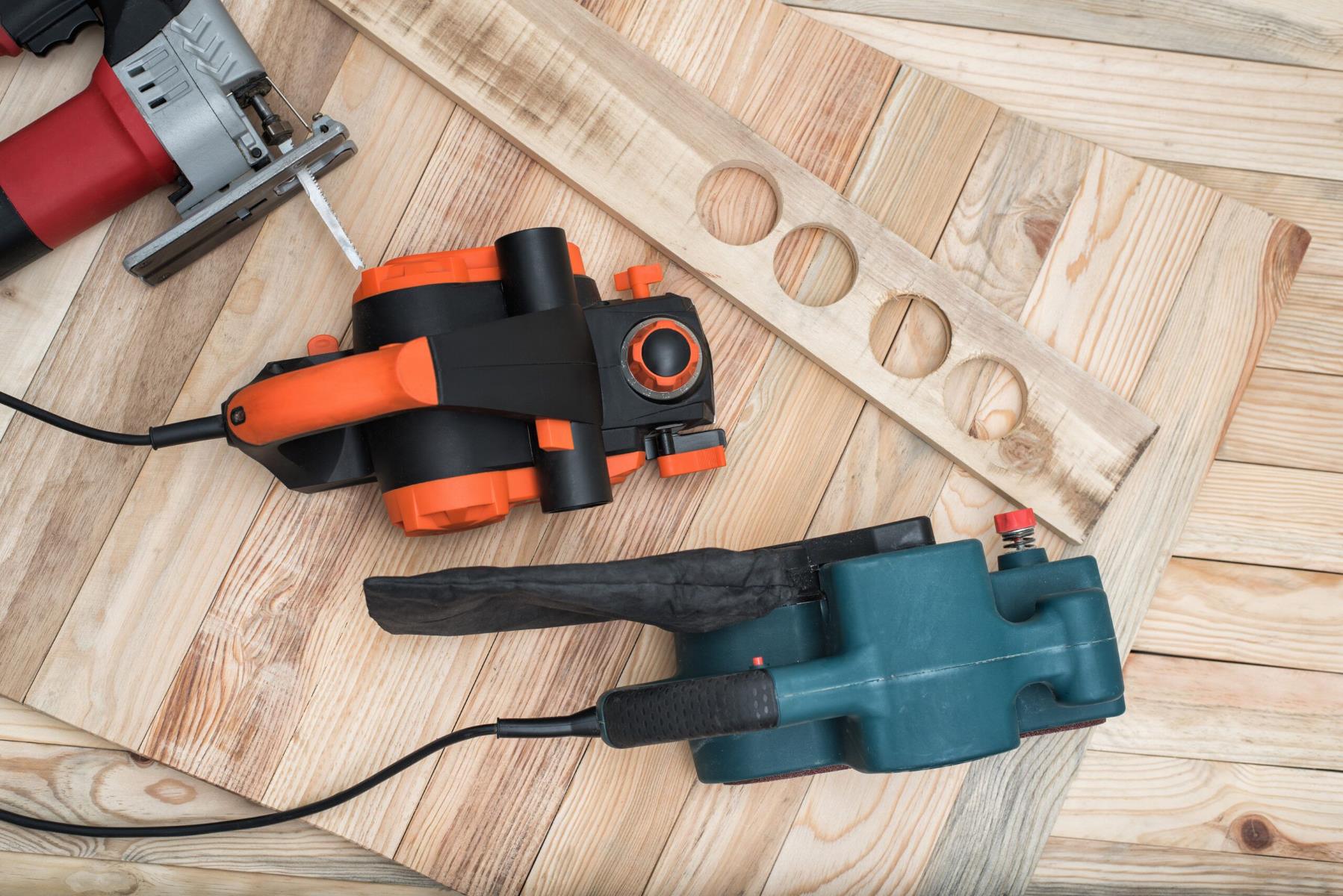


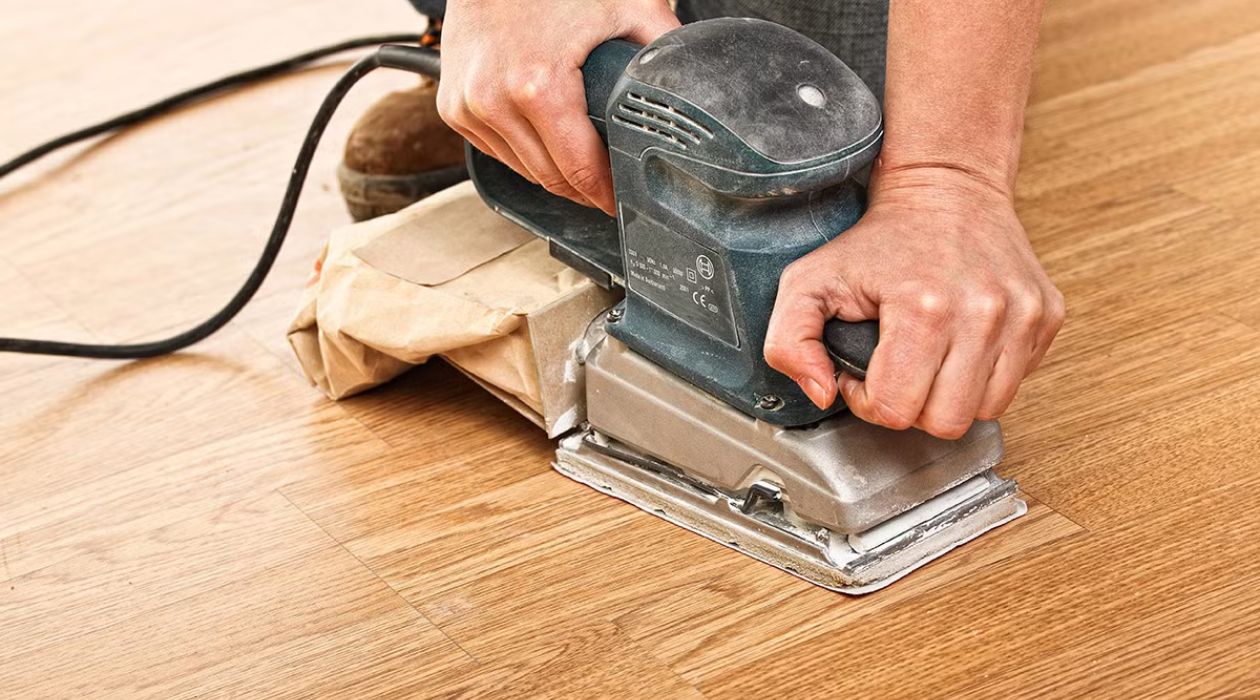
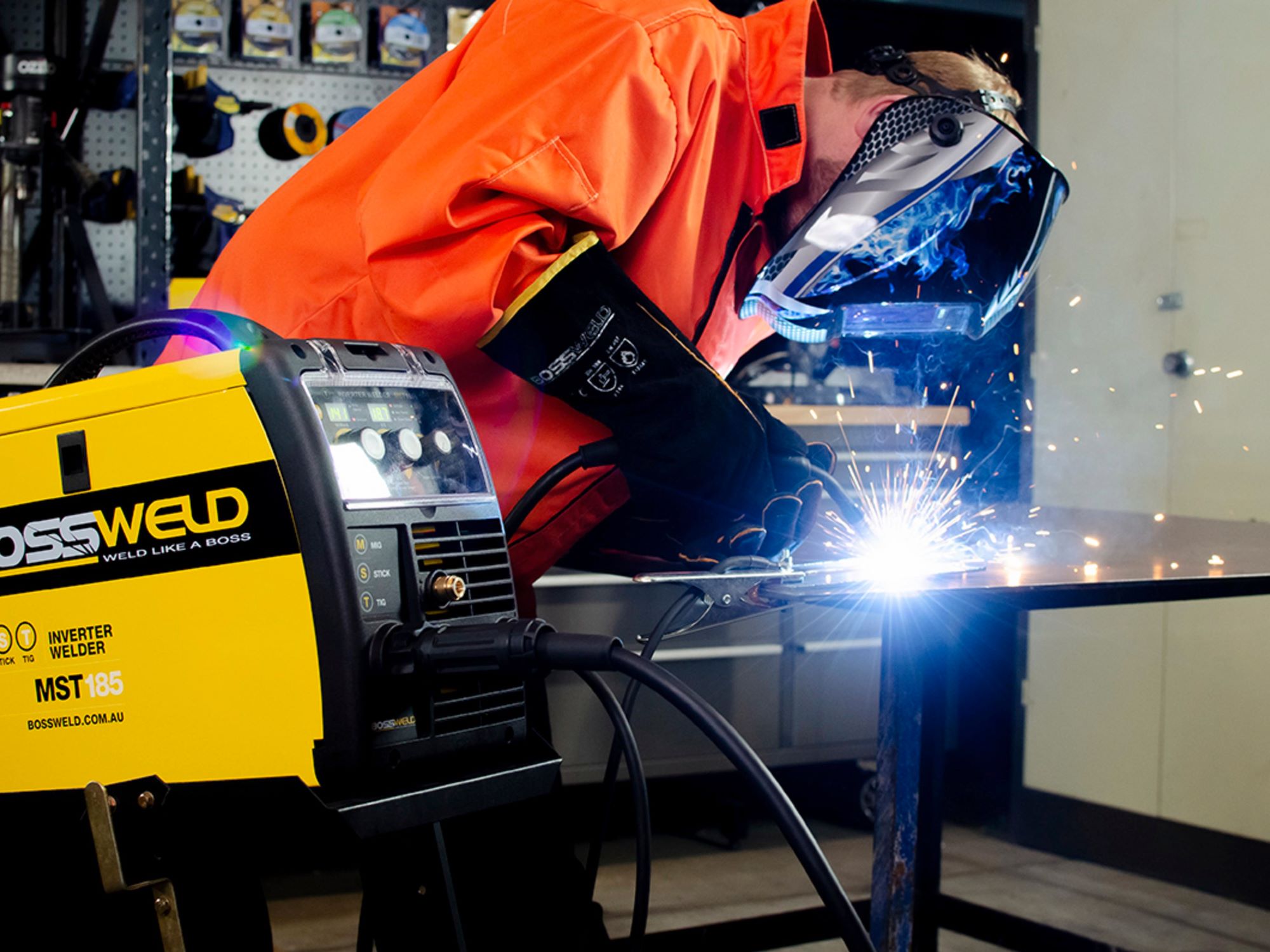
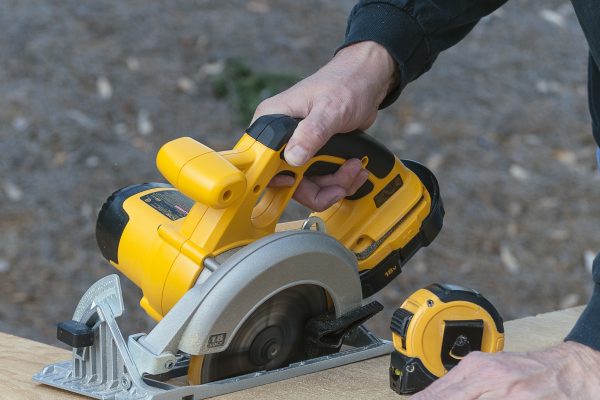


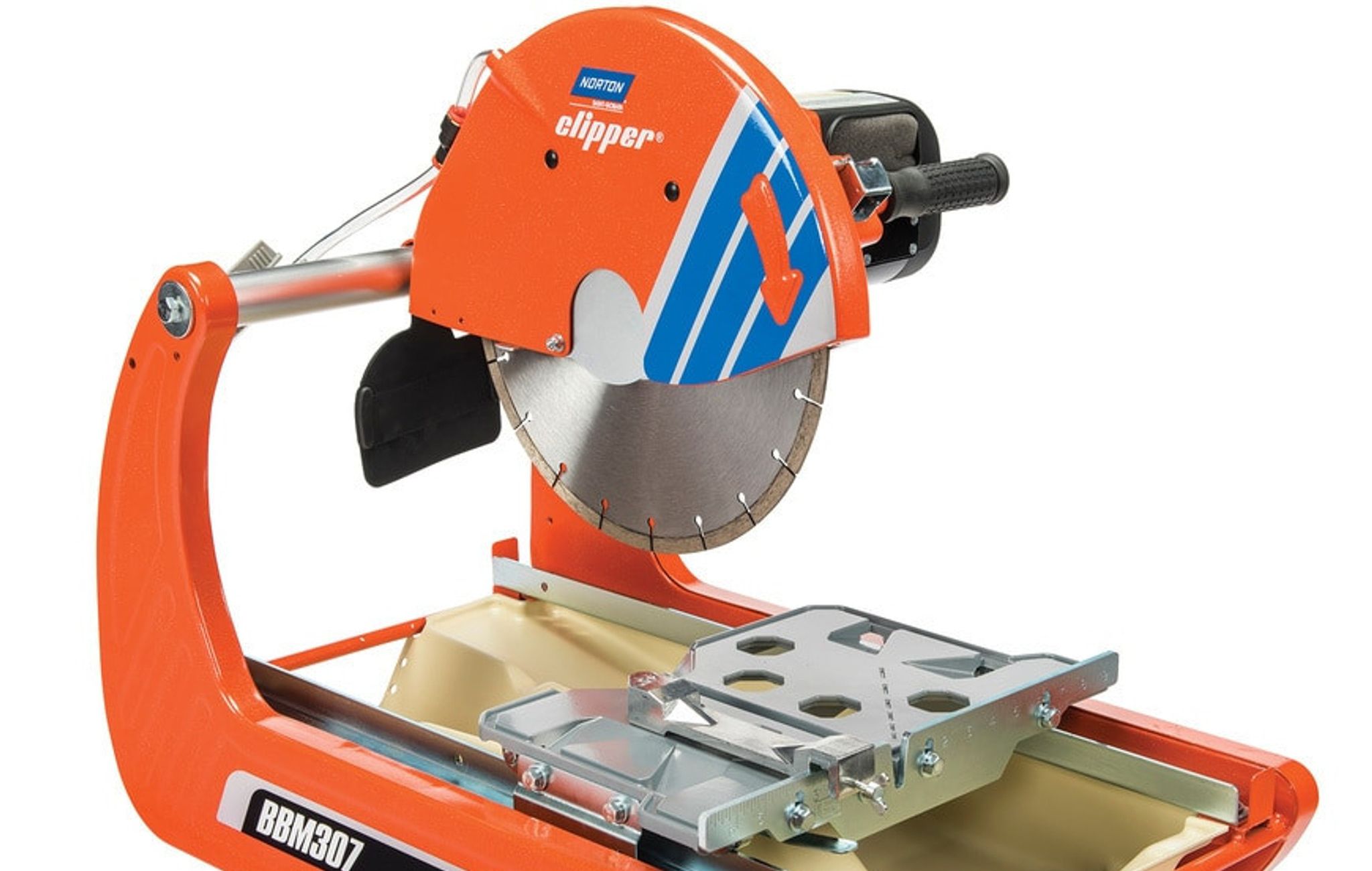
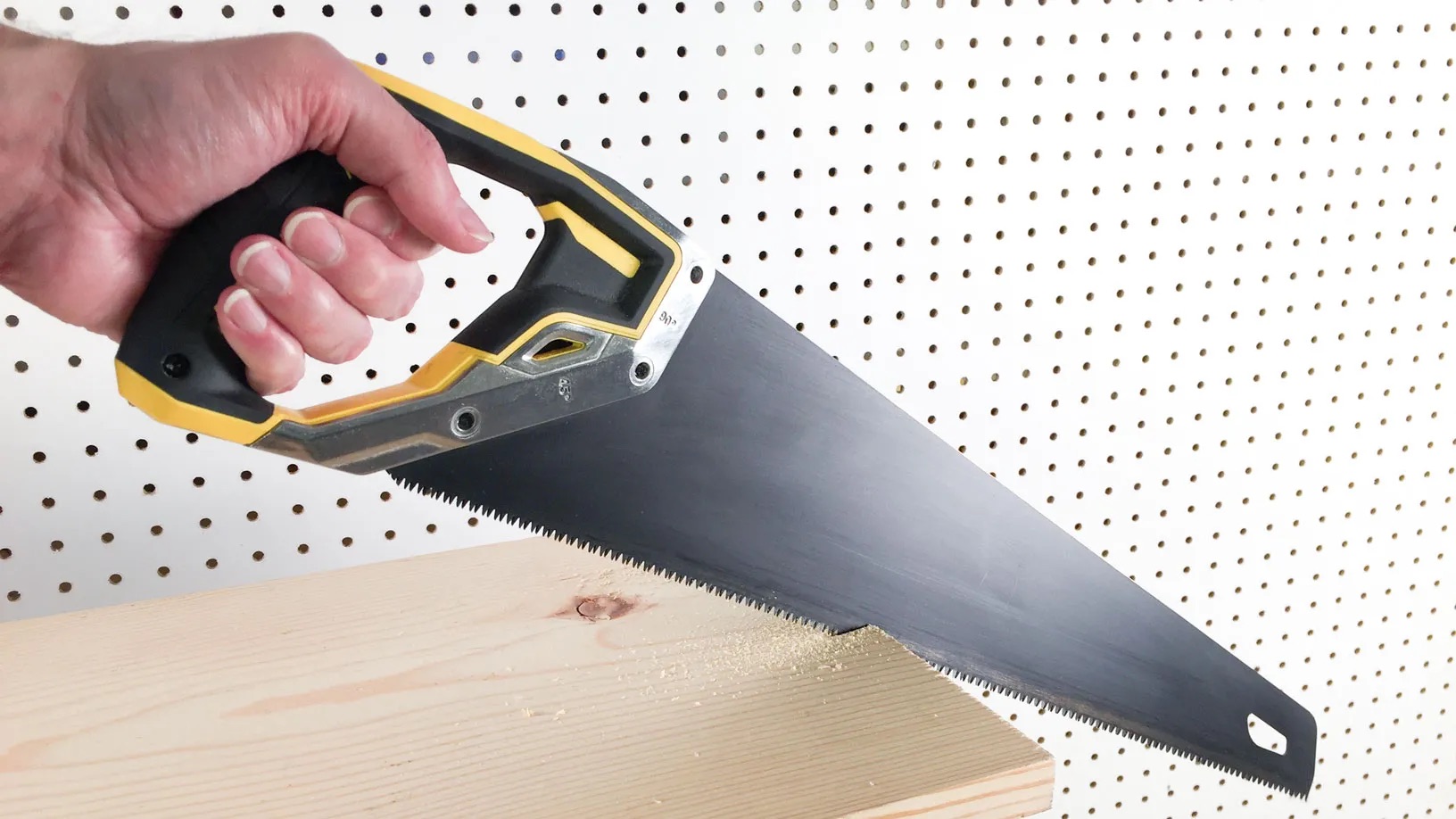

0 thoughts on “What Is The Best Saw For Small Home Projects?”